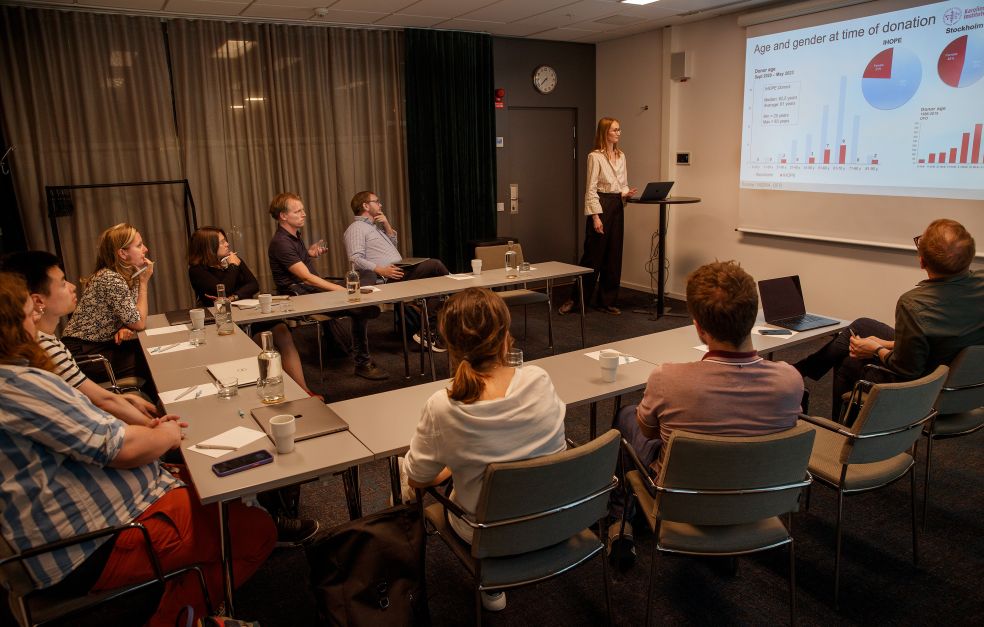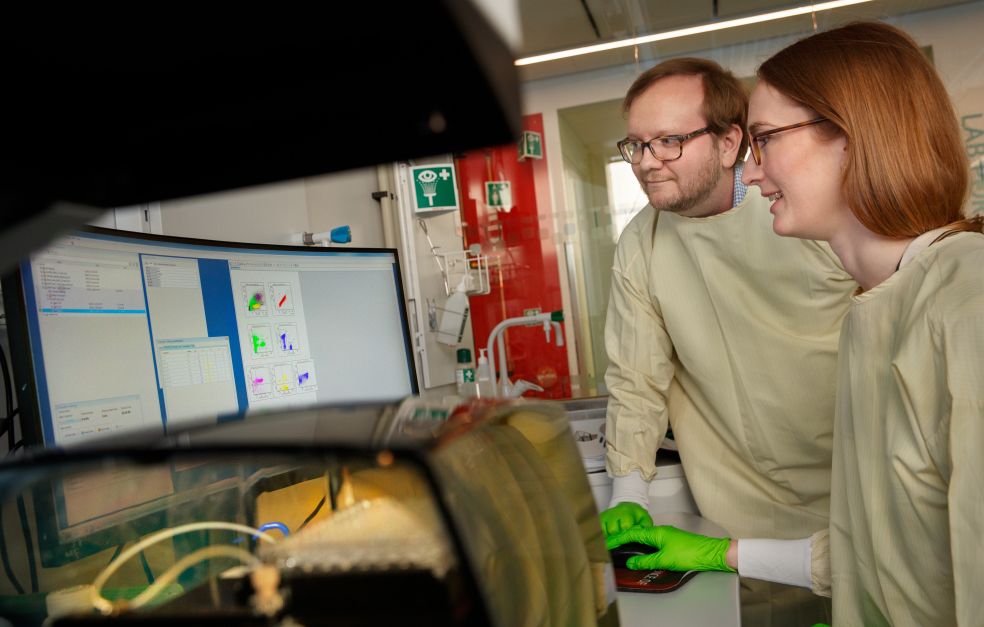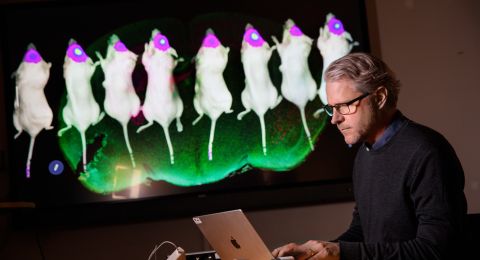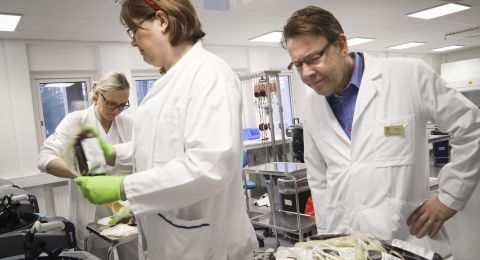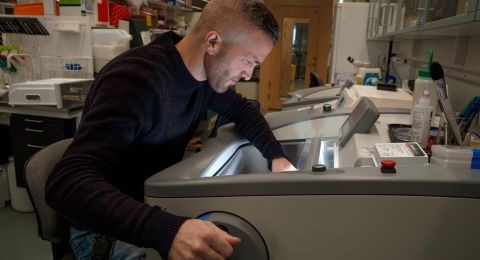
Project Grant 2022
Immunology Human Organ Donor Programme (IHOPE)
Principle investigator:
Docent Marcus Buggert, Karolinska Institutet
Co-investigators:
Karolinska Institutet
Petter Brodin
Carl Jorns
Jenny Mjösberg
KTH/SciLifeLab
Emma Lundberg
Institution:
Karolinska Institutet
Grant in SEK:
SEK 32.2 million over five years
For many years, research into the immune system has primarily focused on the immune cells found in the bloodstream, but this is only a small part of a larger puzzle. That’s the message from Marcus Buggert, researcher in immunology at Karolinska Institutet.
“It’s long been thought that blood generally reflects what the immune system looks like, but the more we study this, the more clearly we see that blood is immunologically entirely different from other parts of the body. I think this project will show that each organ is unique, with different immune cell content.”
The project that Buggert leads with support from Knut and Alice Wallenberg Foundation is called IHOPE, (the Immunology Human Organ donor Programme), which brings together researchers from Karolinska Institutet, KTH Royal Institute of Technology, and research structure SciLifeLab, to map the immune cells of various organs. At the same time, they are building a biobank for future research projects.
The organs come from people who have registered with the Swedish National Donor Register and who have given their consent to donate their organs for transplants and research. Organs are in short supply, so transplanting them is always a priority. At the same time, it is rare that all organs from a donor are in good enough condition for them to all be transplanted. When surgeons perform an operation to retrieve organs and some of the organs cannot be transplanted, they can instead be donated to the IHOPE project.
Knowledge that can only be obtained from donated organs
The researchers begin by purifying immune cells from the organs. Using several organs from the same individual makes it possible to compare immune cells in different tissues. Among other things, the researchers study whether immune responses to conditions such as covid, influenza and herpes differ between individuals and between organs from the same individual.
“This is knowledge that we wouldn’t otherwise be able to obtain. We can’t take biopsies from the lungs, intestines and spleen of a patient, for example, just to examine the immune system,” Buggert explains.
Initially, the plan was to collect material from 100 donors, but the researchers now expect that this number will be somewhat smaller. Sweden has a total of fewer than 200 organ donors a year between several reception areas linked to different transplantation centers. The researchers receive organs from one of the areas, and only about half of donors have agreed to donate their organs for research. In addition, some organs go to other research projects, and sometimes the group has to decline organs due to logistical reasons.
“We need between 10 to 15 people in the lab to take care of the material when it arrives, and the team must be ready within 24 hours. Sometimes we’re on stand-by late in the evening, waiting for organs, and of course that’s pretty tough. We’re not supposed to be on-call like doctors,” says Buggert.
The organ donors are on average slightly older than the researchers had expected. However, this creates special opportunities, for example to study the effects of aging on the immune system. One example is the lymph nodes, where immune cells are activated to form memory cells against bacteria and viruses. These tend to be in a worse condition in older people, which may in part explain the elderly’s greater susceptibility to covid infections, for example.
The promise of better diagnostic methods
The researchers will also use donated material to develop so-called organoids, mini organs that make it possible to study the immune system on a small scale.
“With organoids, we can conduct the same experiments on human systems that we would otherwise do in mice, for example moving immune cells between organs to see what happens. Will they adapt and become part of the other organ’s immune system? Or will they trigger an inflammation, perhaps destroying the organ?”
The research is based on what is known as single-cell analysis that uses, among other techniques, flow cytometry and various types of sequencing techniques that map in detail individual cells’ protein or RNA, the templates for proteins. Tissue models are also created with the help of the Crispr/Cas9 gene tool, which makes it possible to study the effect of individual genes on immune cells.
Some 10 research groups are involved in the program, and Buggert expects that the biobank will be the basis for a large number of projects in the coming years.
Although the overall goal of the project is to improve understanding of the immune system, there is also potential for improving diagnostic techniques. Changes that indicate disease are often found in organs and tissues, but biopsies are only taken when absolutely necessary. A blood test is much simpler and carries less risk – so you want to obtain as much information as possible in the blood.
“If we can establish which substances in the blood correlate with other changes in the immune system, it may be possible to predict what is happening in organs simply by studying a blood sample,” says Buggert.
Text Lisa Kirsebom
Translation Nick Chipperfield
Photo Magnus Bergström
